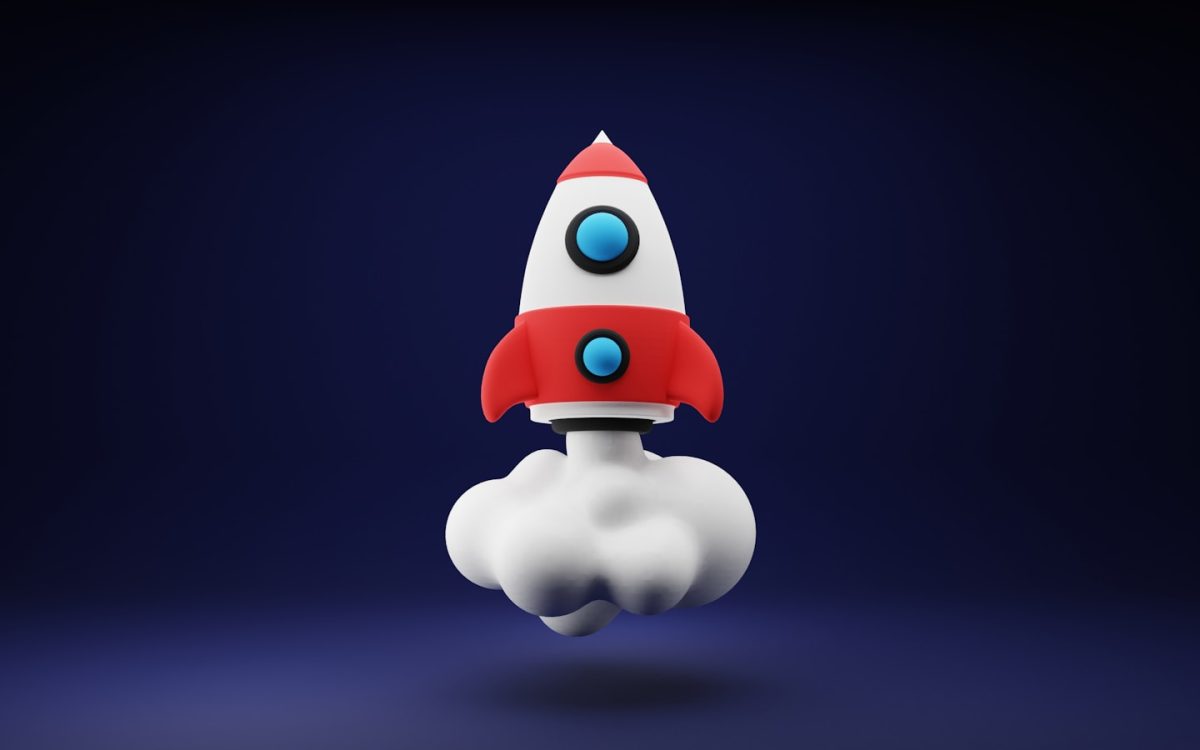Introduction
Artificial Intelligence (AI) has made significant advancements in recent years, with one of the most groundbreaking developments being OpenAI’s GPT-3. This language model, known as the Generative Pre-trained Transformer 3, has revolutionized the way we interact with AI technology. GPT-3 is capable of generating human-like text and has a wide range of applications across various industries.
What is GPT-3?
GPT-3 is a powerful language model developed by OpenAI, a leading AI research lab. It is the third iteration of the Generative Pre-trained Transformer series and is designed to generate human-like text based on the input it receives. GPT-3 has 175 billion parameters, making it one of the largest language models ever created.
Key Features of GPT-3:
- Ability to understand and generate human-like text
- Capable of performing a wide range of tasks, from text generation to language translation
- Can adapt to different contexts and writing styles
- Has been trained on a diverse dataset, making it highly versatile
Real-World Applications of GPT-3
GPT-3 has a wide range of applications across various industries, including:
- Content creation: GPT-3 can generate blog posts, social media content, and product descriptions.
- Customer service: Chatbots powered by GPT-3 can interact with customers and provide assistance.
- Language translation: GPT-3 can translate text between different languages with high accuracy.
- Code generation: Developers can use GPT-3 to generate code snippets and automate repetitive tasks.
Case Studies
Several companies have already implemented GPT-3 in their products and services, with impressive results:
- Grammarly: The popular writing assistant uses GPT-3 to improve grammar and writing style suggestions.
- ChatGPT: A chatbot platform powered by GPT-3 that provides personalized responses to user queries.
Statistics
According to OpenAI, GPT-3 has achieved impressive results in various benchmark tests:
- 92% accuracy on the LAMBADA dataset
- 76.1 BLEU score on the WMT English-German translation task
Conclusion
OpenAI’s GPT-3 is a game-changer in AI technology, with the potential to revolutionize the way we interact with AI systems. Its ability to generate human-like text and perform a wide range of tasks makes it a valuable tool for various industries. As GPT-3 continues to evolve, we can expect to see even more innovative applications and advancements in AI technology.
FAQ
What is the difference between GPT-2 and GPT-3?
GPT-3 has significantly more parameters (175 billion) compared to GPT-2 (1.5 billion), giving it a much larger capacity for generating text and performing complex tasks.
How can I access GPT-3 for my own projects?
You can access GPT-3 through OpenAI’s API, which allows developers to integrate the language model into their applications and services.





